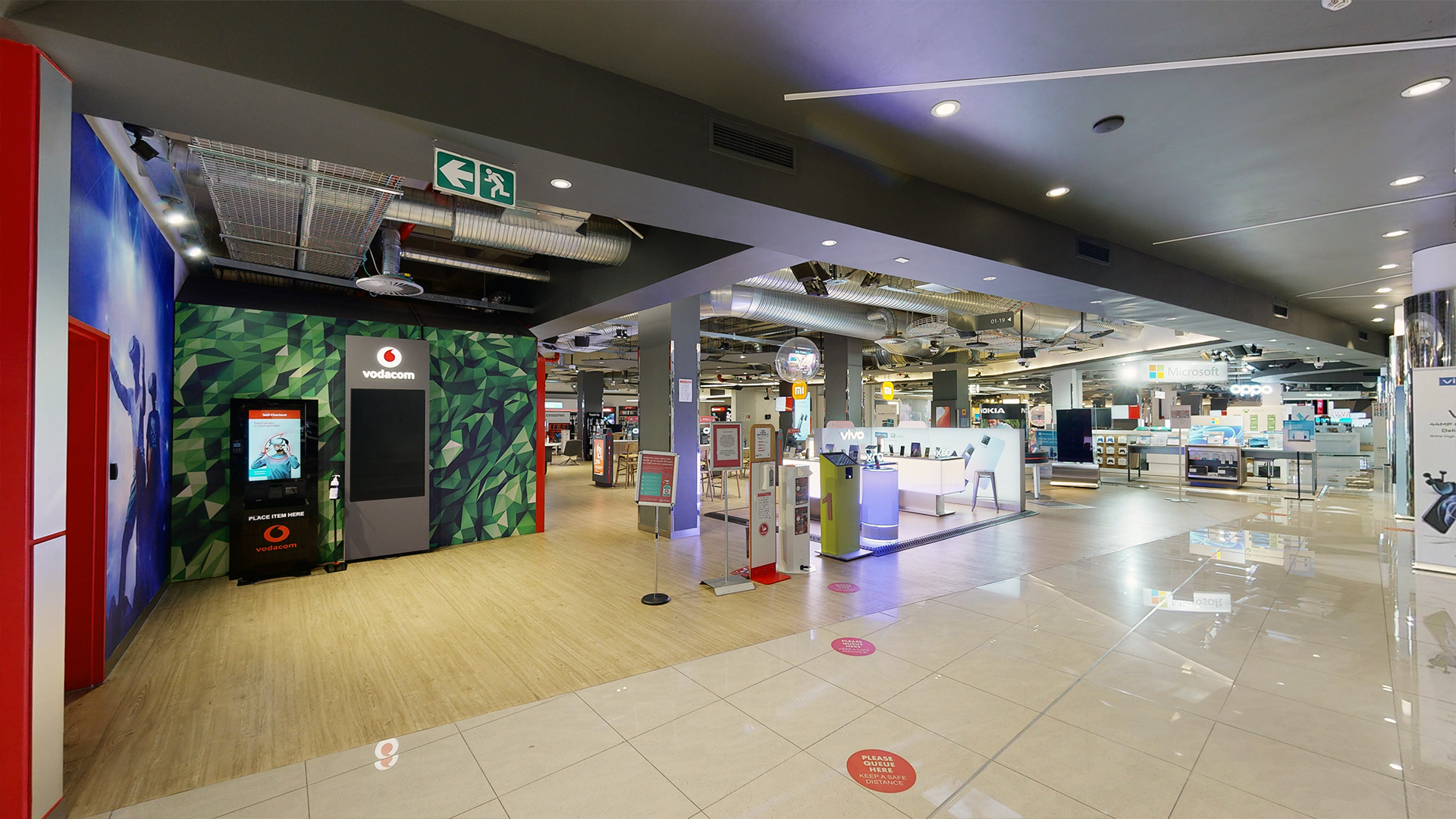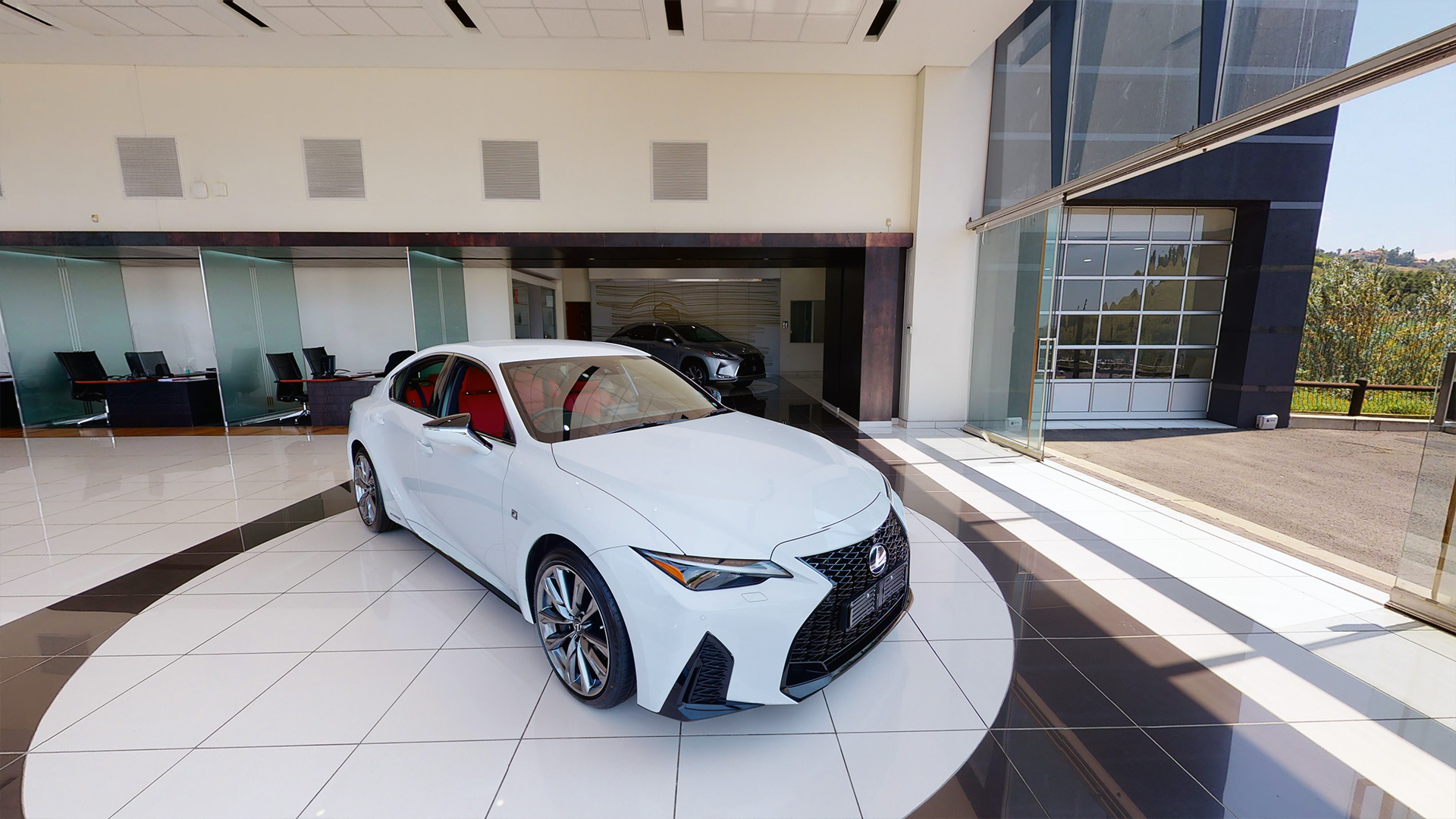In an era where technology is rapidly transforming consumer experiences, virtual reality tours have emerged as a game-changer in the retail industry. They offer a unique way for retailers to showcase their products and environments, enhancing customer engagement and driving sales. The virtual tour of the Geberit South Africa showroom is a prime example of how this innovative technology can be utilized to create immersive and interactive retail experiences. This article will delve into the benefits and applications of virtual reality tours in retail showrooms, highlighting their potential to redefine the shopping experience.
The above is a Matterport Virtual Tour that we’ve created for Geberit South Africa
Understanding Virtual Reality Tours in Retail
Virtual reality (VR) tours are interactive, 3D environments that replicate real-world spaces. In retail, these tours enable customers to explore showrooms and products virtually, providing a realistic and engaging experience. Unlike traditional online shopping, VR tours offer a more immersive and detailed view of products, allowing customers to interact with items as if they were physically present in the store.
Enhancing Customer Experience
One of the primary benefits of virtual reality tours in retail showrooms is the enhanced customer experience they provide. These tours create a sense of presence and engagement that is hard to replicate through other digital means. Customers can navigate through the virtual space at their own pace, examining products from different angles and gaining a better understanding of their features and benefits.
Overcoming Geographical Limitations
Virtual reality tours break down geographical barriers, allowing customers from anywhere in the world to visit your showroom. This global reach is particularly beneficial for businesses looking to expand their customer base and enter new markets. The Geberit South Africa showroom’s virtual tour is a perfect example of how retailers can showcase their offerings to a worldwide audience.
Increasing Interactivity and Engagement
Interactivity is a key component of virtual reality tours. These tours often include clickable hotspots or interactive elements that provide more information about products, offer virtual try-on experiences, or even simulate the use of the product in a virtual space. This level of interactivity not only engages customers but also aids in their decision-making process.
Reducing Costs and Environmental Impact
Virtual reality tours can also be cost-effective for retailers. They reduce the need for physical showrooms and the associated expenses like rent, maintenance, and staffing. Moreover, by offering a virtual alternative to in-person shopping, these tours can contribute to reducing the carbon footprint associated with travel to and from physical stores.
Implementing Virtual Reality Tours in Retail
To effectively implement virtual reality tours in retail showrooms, businesses should focus on several key aspects:
- Quality of the Virtual Environment: The success of a virtual tour heavily depends on the quality of the 3D rendering. High-quality visuals and realistic representations of products are essential to create an engaging experience.
- Ease of Access: Ensuring that the virtual tour is easily accessible on various devices, including smartphones, tablets, and computers, is crucial. Compatibility with VR headsets can further enhance the experience for tech-savvy customers.
- Integration with E-Commerce: Linking the virtual tour to the retailer’s e-commerce platform can facilitate a seamless transition from virtual browsing to purchase, improving sales conversion rates.
- Analytics and Feedback: Collecting data on customer interactions within the virtual tour can provide valuable insights into customer preferences and behavior, helping retailers tailor their offerings and marketing strategies.
- Regular Updates: Keeping the virtual tour updated with the latest products and information is important to maintain customer interest and reflect current trends.
Future Trends and Potential
Looking ahead, virtual reality tours in retail showrooms are poised for significant growth. As VR technology becomes more advanced and accessible, we can expect to see more retailers adopting this approach. Future trends may include:
- Integration with Augmented Reality (AR): Combining VR tours with AR features, such as virtual try-on or in-room product visualization, can further enhance the customer experience.
- Personalization and AI: Using artificial intelligence to personalize virtual tours based on customer preferences and browsing history can make
Virtual Tours
Creating high-quality virtual tours in South Africa, offering immersive 360° experiences for businesses, tourism destinations, real estate, educational institutions, and more. His virtual tours allow users to explore environments remotely, boosting engagement, visibility, and sales. Utilizing advanced equipment and technologies like Google Street View integration, VR-ready platforms, and interactive hotspots, Gerald’s tours provide seamless, lifelike digital experiences. His services cater to a broad range of industries, helping brands tell their story, attract customers, and stand out in the competitive digital landscape.




